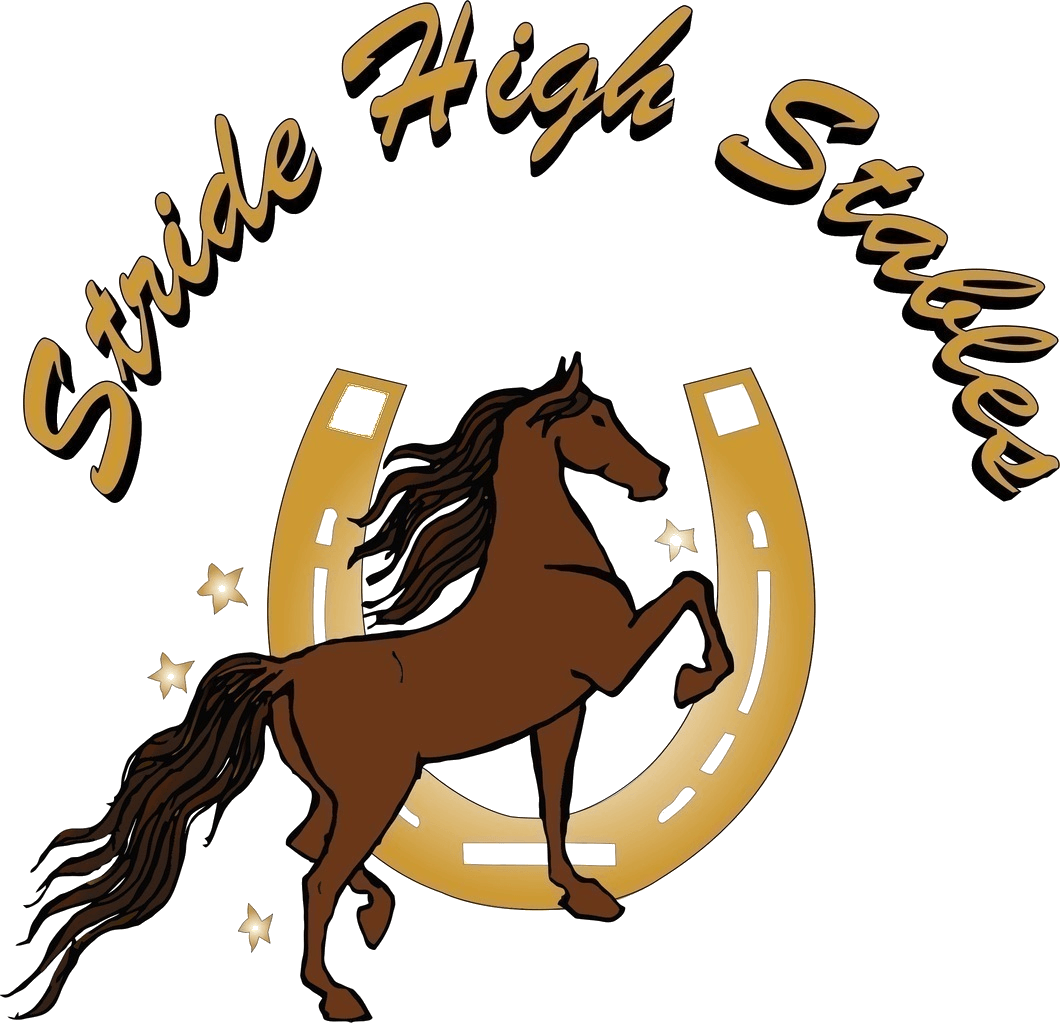BREATHING & POSTUREFOR THE RIDER
BREATHING & POSTURE
FOR THE RIDER
Building a Connection with your Horse through Breathing, Posture and Mindfulness
Horses live in the present moment at all times. They have to be fully aware of their surroundings in order to survive because they are a prey animal. If they don’t live in the present they become more susceptible to predators. Humans have a more predator like instincts and tend to find it hard to always stay in the present moment. Horses find it much easier to trust us and build a connection with us, if we try to understand their language and stay in the present moment when we are with them. We can learn to fully experience our lives in each present moment by becoming more aware of our breathing, posture and allowing our horses to help teach us this awareness. If our breath and our posture are out of balance, then so will our frame of mind. Once breath and posture are balanced, we become calmer and our horses thrive on calmness. People that are anxious, breathe rapidly and shallow. People that are calm, breathe slow and deep. Horses can feel and sense our breath and our muscle tension even when you are not on their backs.
Breathing and posture directly affect each other, which in turn, directly affects a rider’s stability in the saddle or their connection to a horse on the ground. Good riders are always striving to have what’s called an “independent seat”. An independent seat means you keep your position in the saddle by self-carriage and balance, which does not interfere with the horse’s movement. Breathing can be used to stabilize both the horse and rider and can affect the posture of both to enhance an independent seat. Incorrect posture will also affect breathing. It is important to have an awareness of both in order to create good stability and balance.
Your posture is correct when your spine is in alignment. Bring your spine into alignment by first taking a deep breathe in and as you exhale, focus on lengthening and stretching your spine. Your ears should be in line with your shoulders, which should be in line with your hips and lastly your ankles. A protruding chin is a common problem that disrupts the natural alignment of the spine. Continue to inhale and exhale using a count of five on the inhale and again a count of five on the exhale, making sure to breathe, not just into the lungs but also into your diaphragm. Let go of all tension in your whole body as you breathe. A common problem riders have, is to not have their pelvic bones resting directly in the center of their saddle. This can then cause the rider to have an arched back. A rider can move the front of their pelvis upward in the direction of their fore head and lift their legs completely out ward and off of the saddle until they can feel their seat bones (the bottom of your seat bones are like a triangle) on the center of the saddle. Once they can feel your seat bones, they can gently rest their legs back on the saddle without adjusting their seat. When their pelvis is level, their diaphragm can expand into their lower abdomen. When their shoulders raise up while taking a breath in and out, it means they are not breathing using their diaphragm. Once the riders posture is correct, then breathing becomes much more fluid, rhythmic and calm. The Horse will respond to this rhythmic breathing and we can then adjust our inhaling and exhaling breath’s when asking for upward (inhale) or downward (exhale) transitions. Inhaling and exhaling your breath appropriately can help you calm an excitable horse or increase impulsion with a lazy horse. “By using a downward exhalation, you maintain your center and increase your stability. By using an upward inhalation, you release tension from your upper body and gain lift.” Tom Nagel from Zen and Horseback Riding.
The horse serves as an amazing teacher to us. As a prey animal, they are extremely sensitive and often times will mirror us. When we are breathing shallow and quickly the horse senses danger. This is because that is how their breath changes when they are ready to flee from perceived danger. They will then start to breathe shallow, like you, and become more alert and on guard to prepare to flee. When our breath is quick and shallow our bodies become tense and less rhythmic, which impedes free movement of both the horses and humans. Horses sense all of this and will mirror it, whether we are riding on their backs or working with them on the ground. If we hold our breath, so will our horses. We can use the understanding of our breath to help us with our upward and downward transitions in and out of the saddle. We can increase speed by breathing quicker and not so deep. We can decrease speed by breathing deeper into our diaphragm and taking longer to inhale and exhale.
“ I have discovered that when the rider enhances a natural pattern of deep core breathing together with more grounded energy, it will instigate an immediate and profound response from the horse. If the rider is disciplined and consistent with this practice, it will not only enhance general health and well-being, but open the doors for further exploration. This practice can become a life changing and profound experience as the rider undertakes the journey of self-discovery. This experience will lead to a deeper connection with the horse, on every level. The rider will feel empowered to explore the many possibilities that will be revealed. The study of natural posture awareness and breathing will become a journey towards lightness and harmonious balance. This will be the essence of the dance-as both spirits, of human and horse, will come together as one. ”Jenny Rolfe from Breathe Life into your riding.

